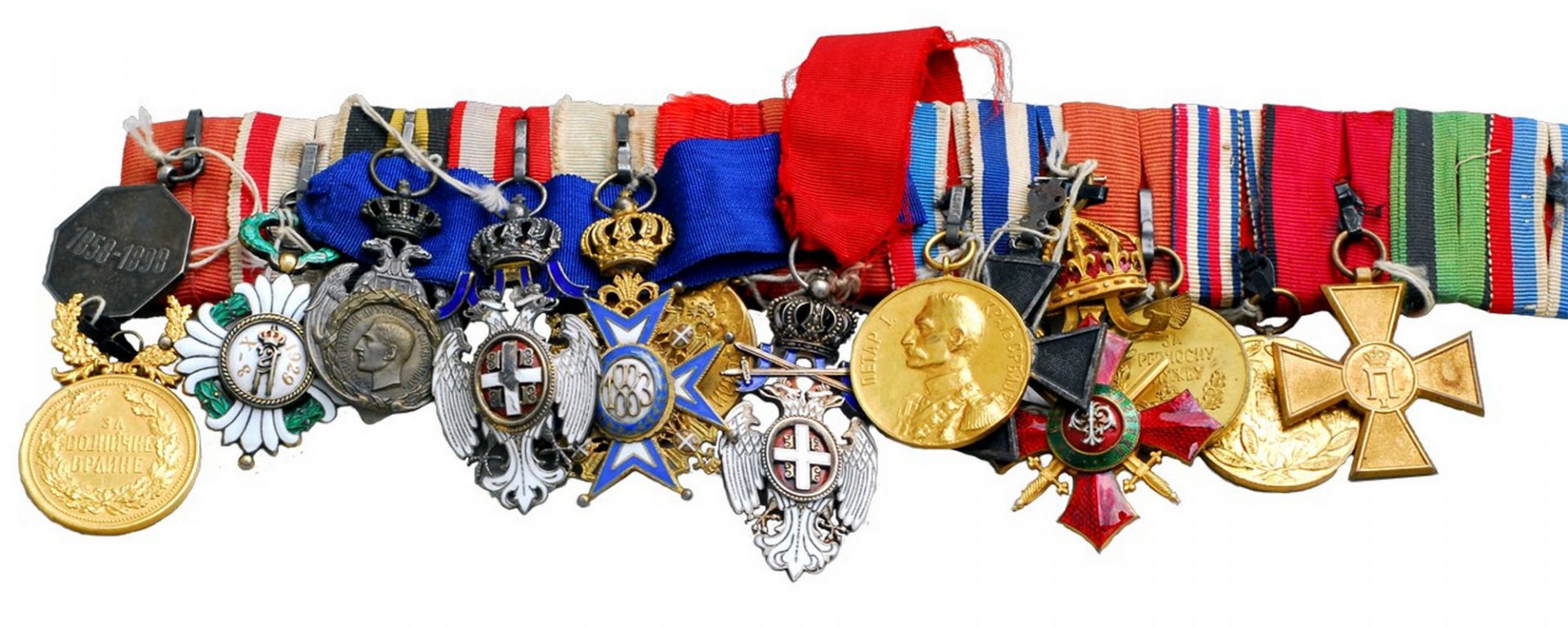For history lovers in Niš the 20th century began in the most beautiful way possible – in 1900, during the construction of the fortress bridge, when the bronze portrait of Constantine the Great was found. This valuable accidental finding had to be placed somewhere and that is when the awareness of the need to establish a museum was created. The commemoration of 1600 years since the passing of the Edict of Milan in 1913 renewed this idea, the realization of which was delayed by the Balkan and World Wars. In the newly formed kingdom of the 1930s the conditions were met for the establishment of Niš Museum.
The National Museum in Niš was founded on April 1, 1933 by a group of museum establishment supporters gathered around the Museum Society, founded that year, whose most prominent members were its founders – Adam Oršić Slavetić, Rudolf Bratanić, Borivoje Gojković, Aleksandar Nenadović and Borivoje Popović.
For the first months of its existence the Museum was temporarily housed in the building of the Teacher’s Dormitory and the first exhibition set up in this space was seen by several thousand visitors. Half a year after its establishment, on October 22, 1933, the Museum was moved to the house of the Christodoulou family when it was officially opened under the name of the City of Niš Historical and Ethnographic Museum.
The museum objects were classified into seven collections (Prehistory, Classical Antiquity, Middle Ages, numismatics, collection of artistic paintings and collection of weapons). Thanks to the accommodation and presentation possibilities this permanent museum exhibition was one of the richest in Serbia in terms of conception, professional work and the richness of the exhibits.
In the period from 1934-1939, although without regulated funding, the museum administration organized numerous research works in the area of Niš and its surroundings. The great names of archeology of that period participated in the archaeological research – Nikola Vulić, Jovan Kovačević, Borivoje Popović and Vladimir Fjuks. The museum building was constructed in Medijana and the publication of the Morava Archaeological Gazette was launched. The Second World War interrupted one of the most fruitful stages in the development of the Museum. Enormous damage was caused by the bombing of Niš by allies on September 2, 1944, when the museum building was hit by a direct bomb and a large number of collected objects were destroyed with it.
After the Second World War the People’s Committee of the Municipality of Niš restored the Museum under the name National Museum (1947). Since the Museum lost its complete ethnographic collection in the whirlwind of war, and other collections were cut in half, the task of museum employees was to animate citizens’ awareness of the need to collect antiquities. In addition to purchases and gifts museum collections were filled through archaeological research.
In 1950 the Museum was moved to new premises where it is still located today. The building in Stanka Paunovića Street (today Generala Milojka Lešjanina Street) was the home to the historical department called National Liberation War Museum. The permanent archaeological exhibition was set up in the building of the former bank in Peti Kongres Street (today Nikole Pašića Street), In 1951, the Art Gallery was founded in the Synagogue, and the following year, Mija Stanimirović Memorial Department was opened, whose exhibition was removed in 1957. The permanent exhibition of the Memorial Complex “February 12” was opened in 1967.
In this period a great step forward in museological presentation was made, mostly thanks to the help of well-known scientific workers from Belgrade, among whom Đorđe Mano Zisi, Milutin Garašanin and Miodrag Grbić were the foremost. They initiated the formation of a new permanent archaeological museum exhibition in 1965.
Today the Museum has over 40,000 objects in its collections from the fields of archaeology, numismatics, epigraphy, history, history of art and ethnology, and it also has two memorial collections dedicated to Stevan Sremac and Branko Miljković. The uniqueness of the Museum is reflected in the fact that it also includes three Immovable Cultural Properties of Exceptional Importance: Archeological Park Mediana, Skull Tower Monument and the Memorial Complex “February 12”.






